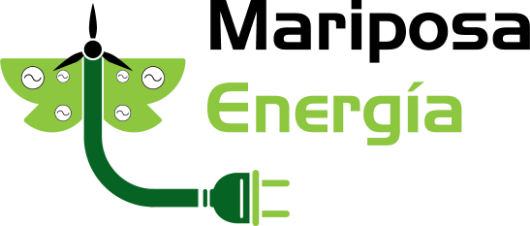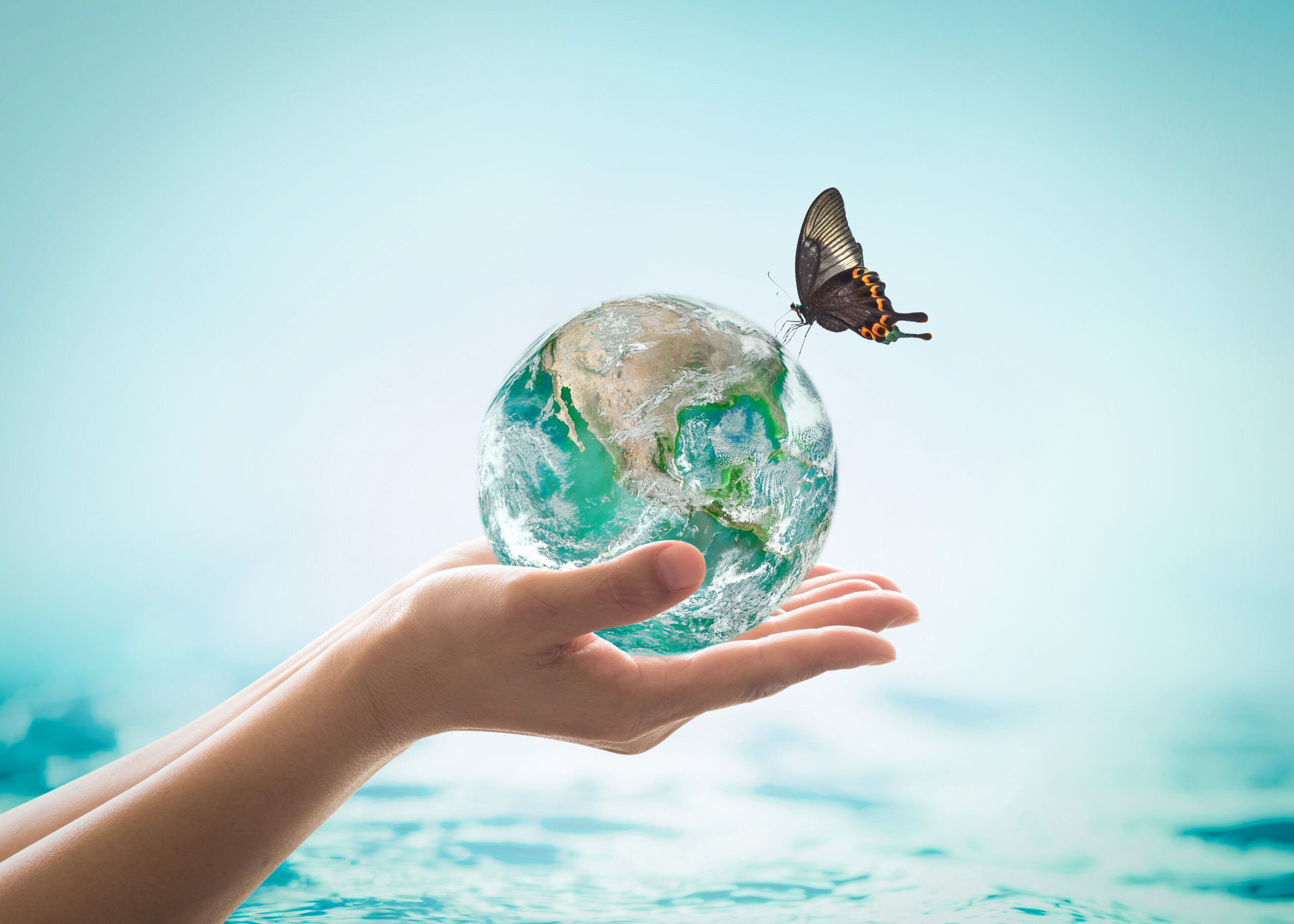September 16th is World Ozone Day in celebration of the collective and decisive global action to tackle the hole in the ozone layer, caused by the use of ozone depleting gases. Thanks to the global response, 35 years on the ozone layer is healing and is expected to return to pre-1980 values by the middle of the century.
It was back in the late 1970s when scientists discovered that a hole was being created in the earth’s protective shield as a result of some of the gases used in aerosols and cooling systems, such as fridges and air conditioning. The damage to the ozone layer was a serious problem and it was warned it would lead to increased cases of skin cancer and cataracts as well as damage to crops and ecosystems.
In 1985 the world’s governments came together to adopt the Vienna Convention for the Protection of the Ozone Layer, working together to cut out 99% of the ozone depleting substances and in 1987 the Montreal Protocol was signed. The protocol’s implementation progressed well in both developed and developing countries, all schedules to phase out substances were met and in some cases they occurred ahead of schedule.
On 16th September 2009 the Vienna Convention and the Montreal Protocol became the first treaties in UN history to receive universal ratification.
According to the UN this ‘shows that collective decisions and action, guided by science, are the only way to solve major global crises’.
In 2021 we are now facing a climate change crisis, with global temperatures becoming ‘perilously close’ to the internationally agreed threshold of 1.5C above that of pre-industrial levels. Collective and decisive global action is needed, like that seen with the ozone layer, in order to reduce the harmful emissions – predominantly caused by the burning of fossil fuels – in order to tackle climate change.

